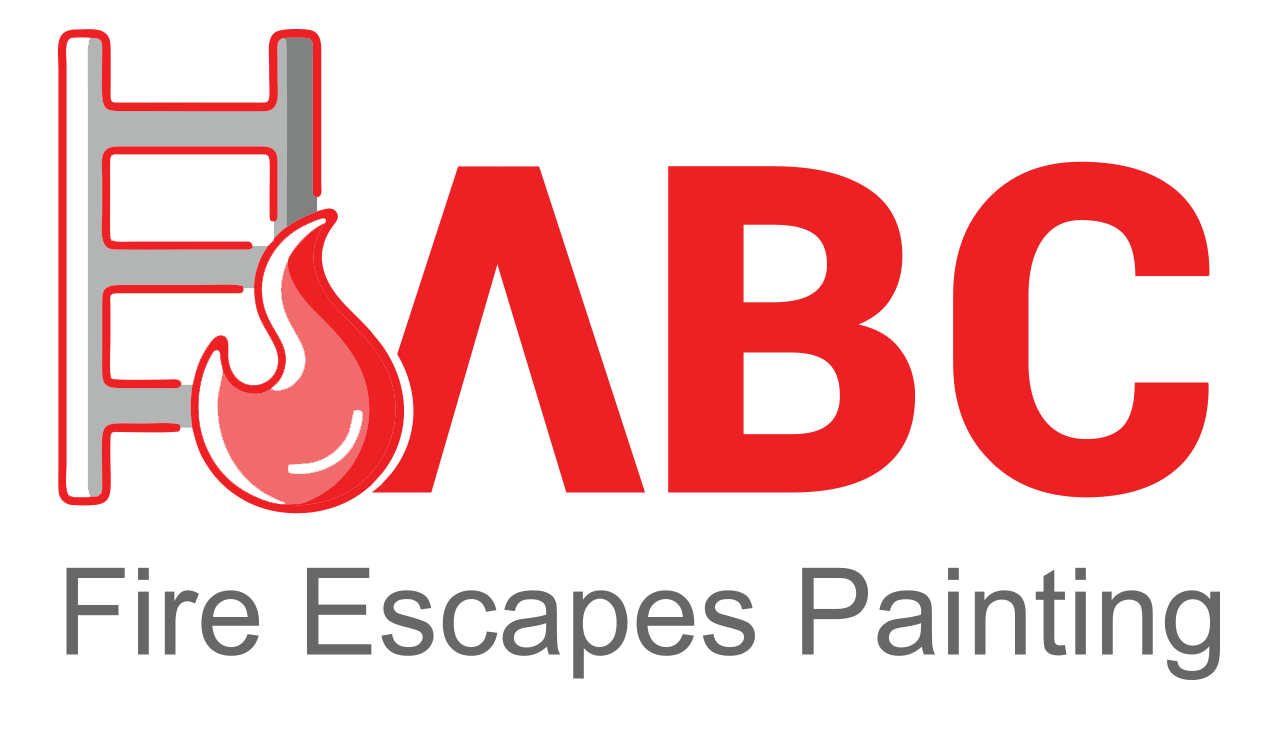Fire escapes provide the quickest routes that can be accessed by the building’s inhabitants in case of a fire emergency. They are the main safety feature of a building and thus must be maintained properly. Although they are sturdy structures but can get damaged over time if they are completely neglected. Therefore, inspecting and maintaining these structures is necessary to ensure that they will perform as needed in case of a fire emergency.
Besides, inspecting these structures after a specific time period is also mandated by some state laws. Amplifying the need for their regular inspection, repair, and maintenance. In this article, we will describe the step-by-step process of repairing your fire escape damages. Some of the most common types of fire escape damage include
- Corrosion and Rust
Corrosion is the most prominent fire escape damage. Fire escapes are mostly made up of metals like iron or steel and prolonged exposure to rain and sunlight corrodes the metals.
- Missing Parts
Over time, parts like bolts, nuts, and even entire steps can go missing. This can happen due to vandalism or normal wear and tear.
- Broken Welds
Fire escapes are mainly held together by welds which can get broken as a result of rust, stress, or overloading.
Assessment
1. Visual Inspection
Inspecting your fire escape visually is very easy, and convenient, and does not require any hard skills. Visual inspection involves looking for some obvious damages like
- Checking for any missing components like nuts, bolts, or railings. It also includes checking if there are any loose or wobbly parts and replacing them efficiently.
- Check which components are heavily rusted.
- If your fire escape has a moving ladder or folding stairs check them by operating. See if all the parts are working smoothly and securely locked.
- Remove any obstruction that might hinder its use in an emergency.
2. Identifying Structural Weaknesses
Identifying proper structural issues is a difficult task therefore always choose to contact a qualified inspector. A qualified inspector has the necessary experience and can easily spot the damages that harm the structural integrity of the fire escape. He can easily determine the load-carrying capacity of the fire escape.
Moreover, they can identify cracks in welds, supports, or anchor points. They can also assess wood rot or deterioration in the supporting structure.
Materials and Tools
Access to proper materials and professional’ tools is crucial for the smooth progress of the repair works. Without the help of these repair supplies and professional equipment, the repair job can be difficult to execute. Given below is the list of repair materials, professional tools, and safety equipment required during the repair works.
1. Professional Tools
Professional tools required during fire escape repair works are
- Welding Equipment
- Metal Work Tools
- Rust Removing tools
- Fall Protection Equipment
2. Safety Equipment
- Sturdy Work Gloves
- Safety Mask
- Dust Gloves
3. Repair Supplies
Repair supplies mostly depend on the type of damage but in general, some of the most common supplies include
- Replacement parts such as nuts, bolts, railings, steps, etc.
- Rust preventing coatings to protect the fire escape structure.
- New metal components in case of worn out or damaged fire escape parts.
Preparation
Preparing the work site is crucial before the commencement of any type of repair job. The preparation includes cleaning the work site to remove any dust, debris, or obstacles for smooth workflow.
This process also includes communication with the building manager and occupants to inform them of the relevant work. Usually, the building’s manager is responsible for this job.
Structural Repair
Doing a structural repair job on a fire escape is no easy task and only professionals should be hired to do the repair job. There are various reinforcement techniques for damaged and broken parts of the fire escape.
A professional will first thoroughly examine the structure to look for all damages or broken parts. Cracks and broken parts are repaired by a professional welder by either welding or metal patching. However, for heavily damaged structures complete replacement of damaged parts may be required.
Excessive rusting can also harm the structural integrity of the fire escape. Therefore, rust treatment is also an important part of restoring structural integrity. After removing the rust with wire brushes, grinders, and sanders a high-quality rust-resisting paint or coating is applied at the fire escape.
Surface Restoration
After repairing the damaged areas and effectively removing all the issues, some final touches are added in the end. The whole surface is cleaned and any job-related debris is removed and the surface of the fire escape is thoroughly cleaned.
Safety Regulations
After the repair job is completed, the structure must be re-inspected to ensure its safety and compliance with the local codes and regulations. The re-inspection must be done by a professional who ensures that the repairs meet with the local building codes and regulations.
Moreover, it is also tested after the re-inspection. This test ensures that the fire escape is able to handle the desired load after the repair works and can perform well in emergency situations.
Final Inspection
Once the job is finished the one last inspection is carried out by a certified professional. He inspects the fire escape visually to look for the damaged areas. This inspection also involves functionality testing of various moving components of the fire escape.
After he completely examines the repair work and finds it satisfactory, the certified professional issues a fire escape certification. This document verifies that the fire escape meets safety standards and is structurally sound. Local regulations will determine if certification is required and who is authorized to issue it.
The inspector will typically generate a detailed report documenting the repairs performed. This report should include:
- A description of the fire escape damage identified before repairs.
- Details of the repairs completed, including materials and techniques used.
- The results of any inspections or tests conducted.
- Any recommendations for future maintenance or inspections.
Maintenance Tips
Frequent maintenance of the fire escape can prevent you from expensive repairs in case of heavy damage. Regular maintenance allows you to locate the problem when it’s in the initial stages. Promptly addressing all the issues can prevent you from incurring heavy losses.
Conclusion
Regular maintenance and repairs are crucial to ensure your fire escape’s structural integrity. A qualified professional can assess damage, make repairs, and guarantee the fire escape remains a safe and reliable emergency exit for building occupants.

